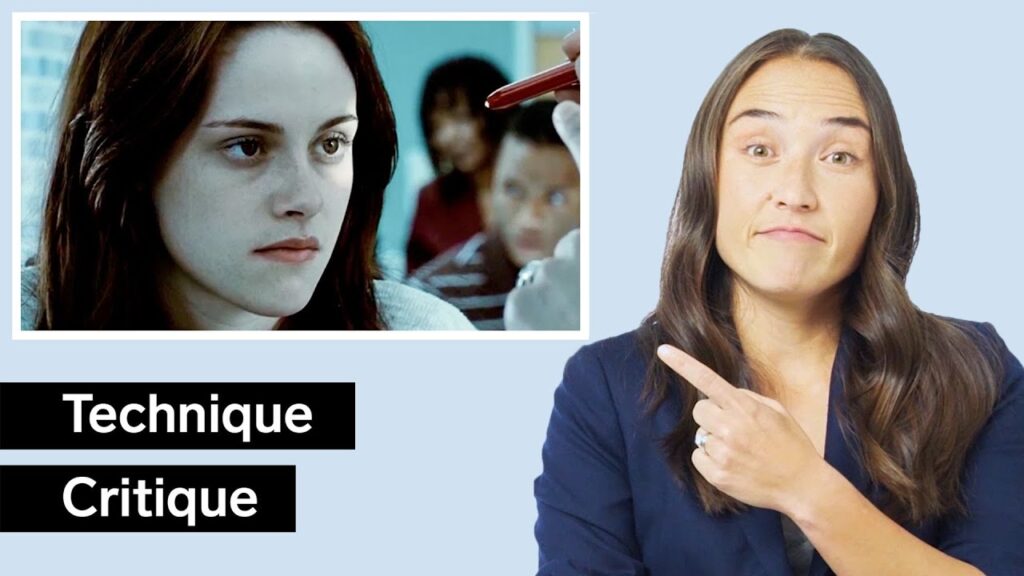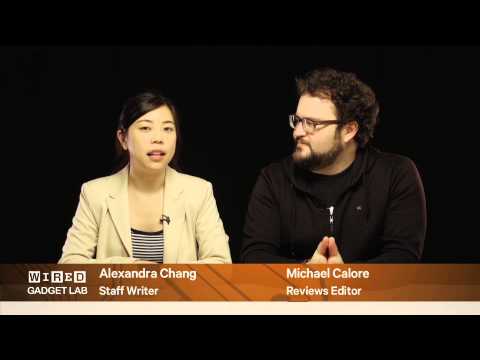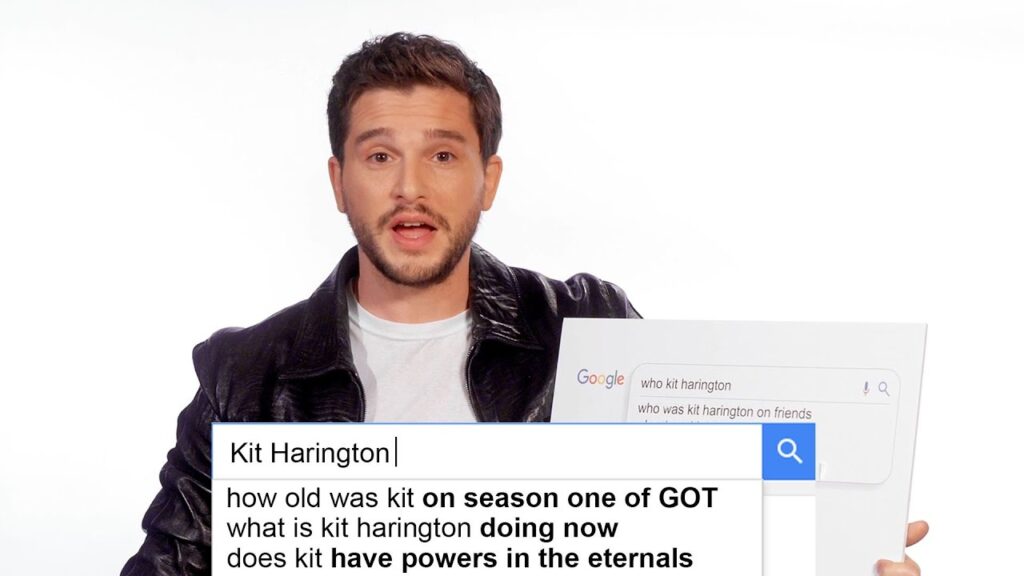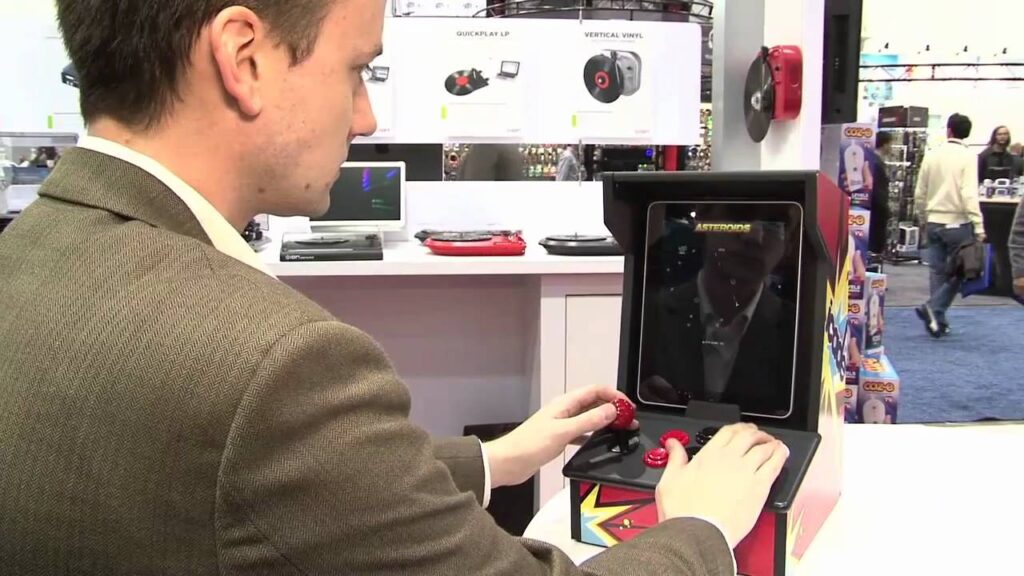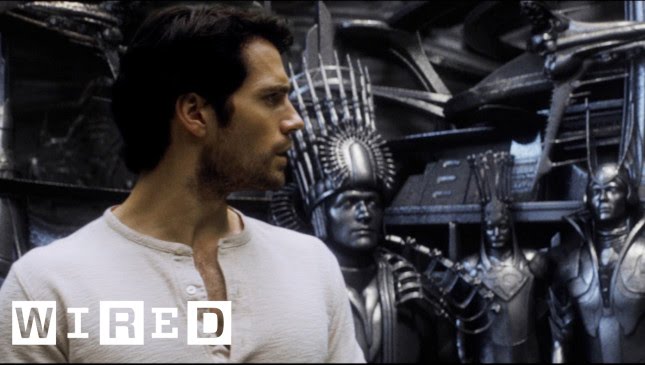The Tech behind the Visual Effects of World War Z
Summary
The Moving Picture Company or MPC, London’s top visual effects company, used their in-house program, Alic, which allows intelligent agents to interact and avoid bumping into each other. The program was programmed with a form of AI that allowed them to climb over each other for the zombie sequences. They worked on many sequences in World War Z, one of which was set in Jerusalem, Israel, where they built a large wall that surrounded the city, and they added a large CG environment outside the wall with a backdrop showing Jerusalem. MPC faced many challenges and had to simulate every single movement realistically, including wave-like movements and cloth simulation.
Table of Contents
- Introduction
- How did MPC pull off the formula for swarming zombies?
- What was the biggest challenge MPC faced in the Israel sequence?
- How did they create the complex crowd shots?
- How did they simulate the intelligent agents to interact with the CG helicopter?
Introduction
World War Z features some amazing action sequences, but to pull them off, they need the help of visual effects artists. MPC, one of London’s top visual effects companies, was responsible for many sequences in the movie, including one set in Jerusalem, Israel. In this blog post, we will explore how MPC managed to pull off the zombie swarming formula and the challenges they faced in creating the visual effects for the film.
How did MPC pull off the formula for swarming zombies?
MPC used their in-house progam, Alic, which is a crowd simulation tool that usually avoids intelligent agents bumping into each other. For World War Z, they programmed it with AI that allowed the zombies to climb over each other. They used a database built with motion capture performances for the digital zombies, which were randomized with a set of attributes to give thousands of variations. Unlike zombies in other films, MPC’s intelligent agents act on their own, given an objective, a set of rules, and then simulating whether or not they’d achieve it. MPC’s artists didn’t have any idea of the outcome before they started simulation, and the digital zombies resulted in realistic and wave-like movements.
What was the biggest challenge MPC faced in the Israel sequence?
The largest challenge faced by MPC in the Israel sequence was creating the large zombie crowd shot. The environment team built a big wall surrounding Jerusalem, where we see the zombies climb over it. They also created a large CG environment outside the wall that had a wasteland and a backdrop of Jerusalem, built from photo references. MPC received concept work early on, which displayed different shapes that the crowd could take. MPC started by defining the shape and layout of the pyramid shot and mixed it with motion capture clips of performers climbing up nets, falling down ramps, and falling off objects. In the end, the largest pyramid shot was made up of 5,000 zombies.
How did they create the complex crowd shots?
For the bus shot, MPC used different motion capture clips, including performers running up a ramp and jumping off from the height of the bus. All complex crowd shots were layered with hand-animated zombies. MPC used ALIC to set up the shots initially, and then they worked out where they wanted to add additional animation detail. The advantage of ALICE is that it makes it easier to work between different departments. In the street scene, they started by working out the speed and layout, and the crowd had to be dense for it to have a flowing effect. The front of the crowd had fast-running zombies that fell over and ended up being eaten by zombies behind them.
How did they simulate the intelligent agents to interact with the CG helicopter?
Towards the end of the Israel sequence, the zombies attacked a CG helicopter. MPC added a CG helicopter that the zombies could interact with in some shots where they needed more extreme action. In some other shots, the helicopter was live-action. They added wave-like movements and cloth simulation for every single shot. They also had to focus on photorealistic lighting to keep the zombies visually coherent with their surroundings.
Conclusion
In conclusion, the visual effects of World War Z would not have been possible without the hard work and dedication of MPC, London’s top visual effects company. The AI-based crowd simulation tool, Alic, allowed MPC’s intelligent agents to interact realistically with each other, making the zombies’ movements seem realistic and natural. MPC faced many challenges, but through their expertise, they managed to simulate the complex crowd shots, cloth simulation, photorealistic lighting, and wave-like movements realistically. The end results were a visually stunning and terrifying zombie apocalypse that World War Z is known for.

